Tava Ghee: Better Than Butter?
Get ready to expand your cooking oil reserve, because a (not so) new alternative is enjoying a modern resurgence in popularity.
We’re talking about ghee, butter’s rich and flavorful relative. Ghee has been revered for thousands of years in India as a key component for good health and delicious cuisine. And for good reason…
Not only is ghee nutrient dense and full of flavor, it is also one of the best oils to use for cooking. Ghee’s benefits and versatility might make it your delicious new best friend.
Is Ghee For Me?
Technically, ghee is clarified butter. And that’s good news for butter lovers who must avoid dairy. In order to make ghee, butter is cooked down until the casein (the main protein found in milk) separates and is able to be removed. What is left is rich, yellow, pure butter fat that is safe for those with lactose intolerance.*
Removing the milk solids also makes ghee more resistant to heat. In fact, with a flash point of 485 F, ghee has one of the highest smoke points of all cooking oils. This makes it a tasty option for a wide variety of cooking methods.
Gee, What’s The Big Deal With Ghee?
Despite the bad rap it unfairly gained during misguided “low fat” craze of the 80s and 90s, butter is a true superfood. It is loaded with vitamins A, D, E, and K, as well as an anti-inflammatory compound known as butyrate. And these nutritional components are concentrated in ghee.
Organic vs. Grass-Fed Ghee
It may seem logical to buy “organic” ghee, as that would translate to less pesticide residues and chemicals in the final product. And while this is true, organic feed is usually a mixture of corn, soy and grain. The result is a butter (or ghee) that is higher in omega-6 fats and has virtually no CLA (a healthy fat that has been shown to have anti-cancer properties).
As the saying goes, we are what we eat. But we are also what we eat eats. And that means it is best to stick with the most natural route: ghee that is made from butter derived from grass-fed cows.
Grass-fed dairy yields a butter fat that is far more concentrated in micro-nutrients and provides a healthier ratio of omega-3 to omega-6 fats. 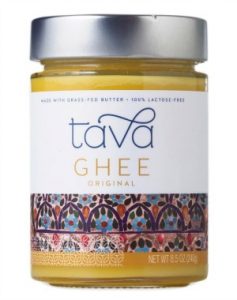
Healing Gourmet’s favorite brand of ghee is made by Tava. It is sourced from grass-fed cows. And the texture and flavors are superb. This is truly a must-have, shelf-stable staple.
Enjoy a rich pat of ghee on toast or muffins (grain-free, of course). Melt it over steamed vegetables. Use it to sauté meats. Or drop a dollop in your next cup of coffee or hot cocoa!
*Ghee may contain slight traces of casein. Most of those with a lactose intolerance have no problem consuming ghee. However, if you have a severe intolerance or an allergy to dairy, it is advisable to stick with alternative fats including coconut and avocado oil.
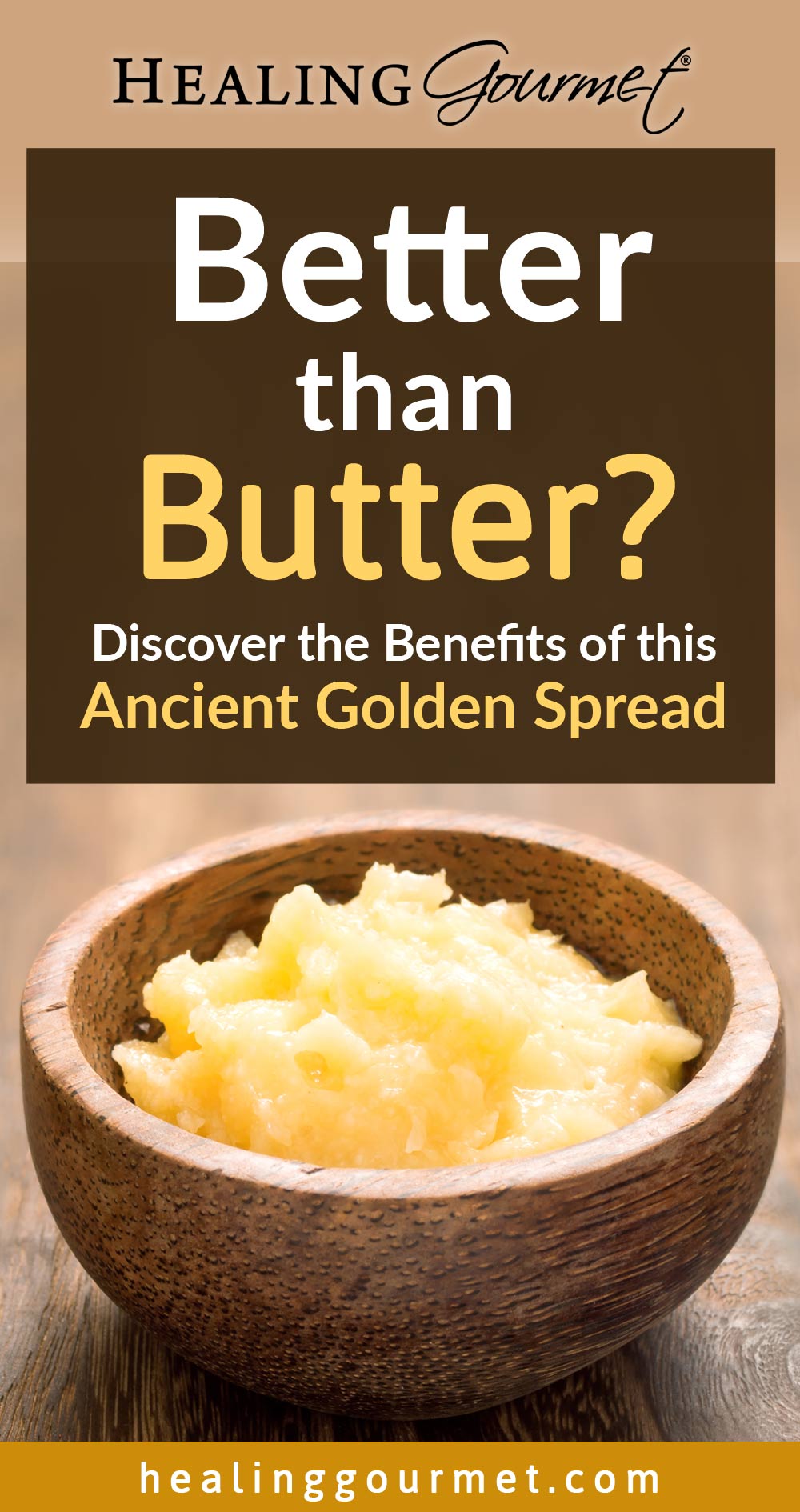
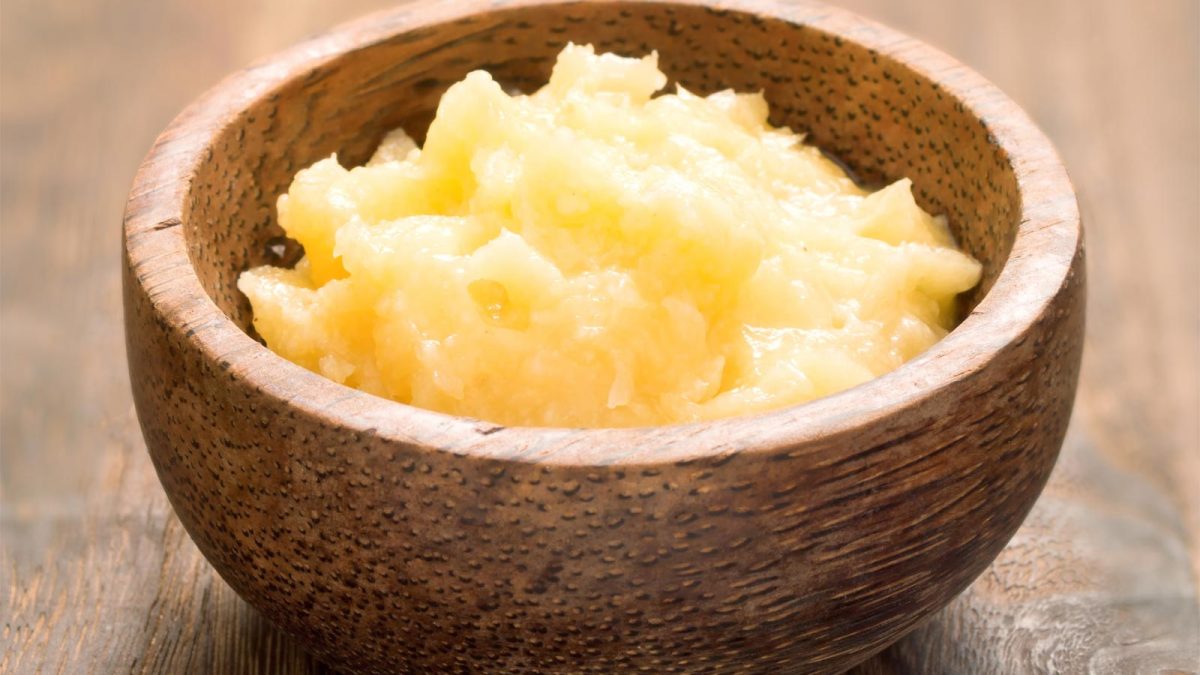
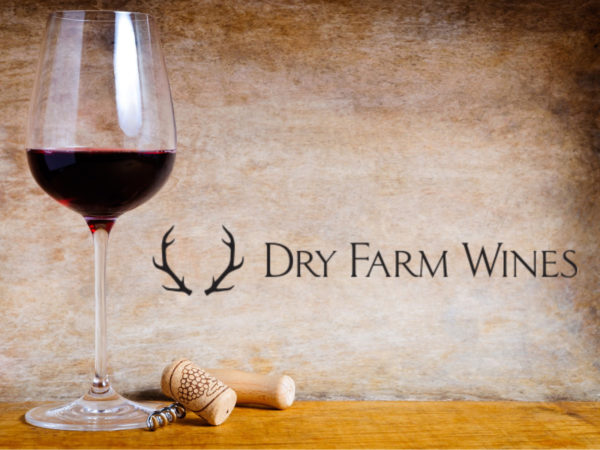

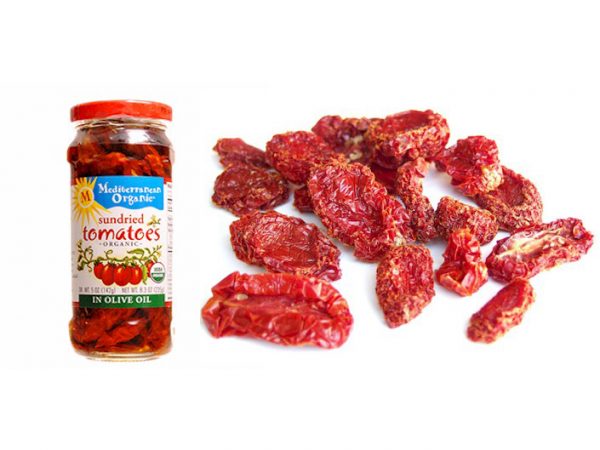
Hi. I am disappointed in the Paleo cooking recipes that I downloaded and paid for. I didn’t know the alternative flours for bKing are coconut flour And almond flour. I have sensitivities to both. So I don’t have any ideas on how to use your recipes. Please share if you have alternatives
Hi Sue,
I’m sorry to hear that you are disappointed. We cover the nut-free alternatives to use in the very beginning of the book – did you miss it?
Sunflower seed flour is a great substitute for almond flour, but because of its dense nature, there really is no substitute for coconut flour.
Be Well,
Kelley